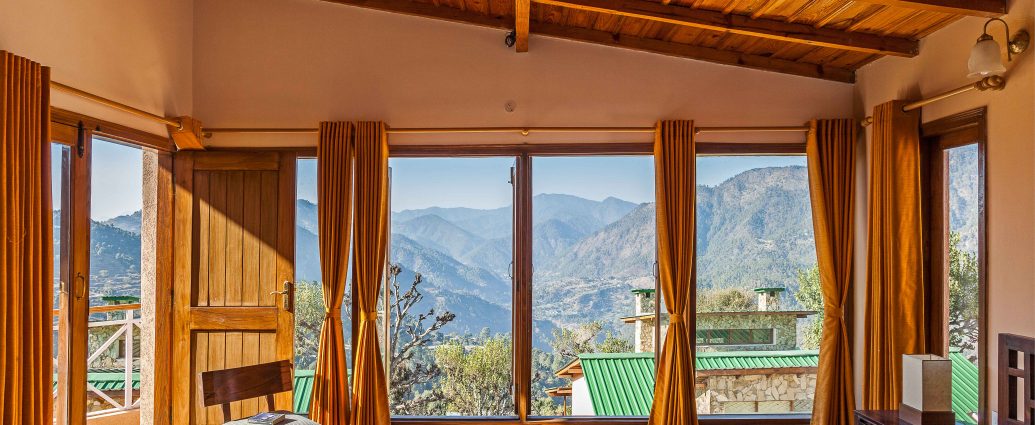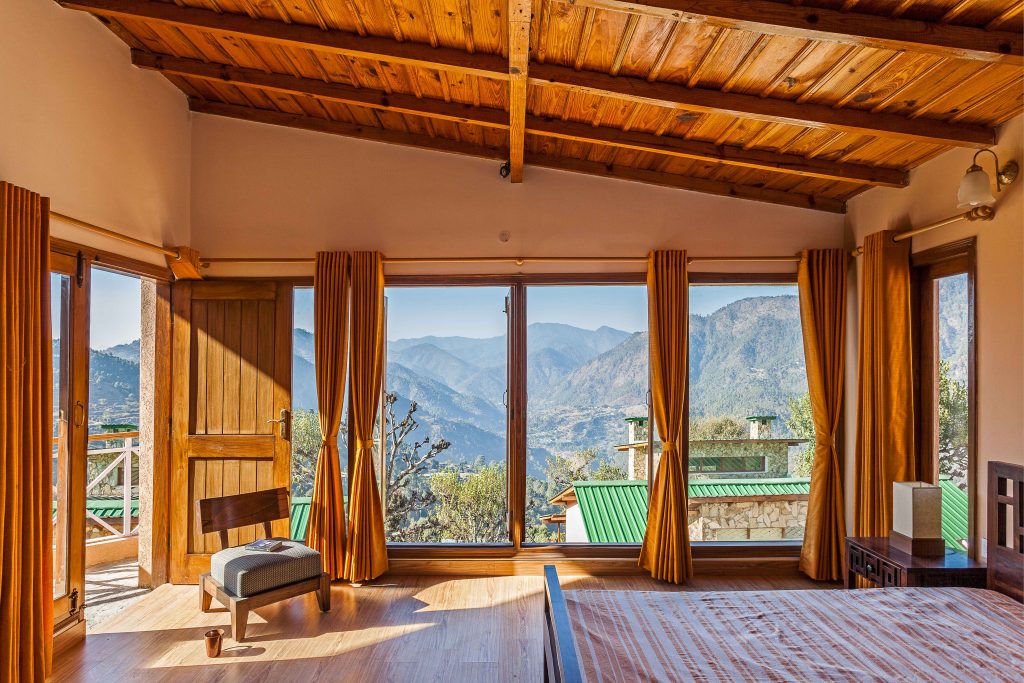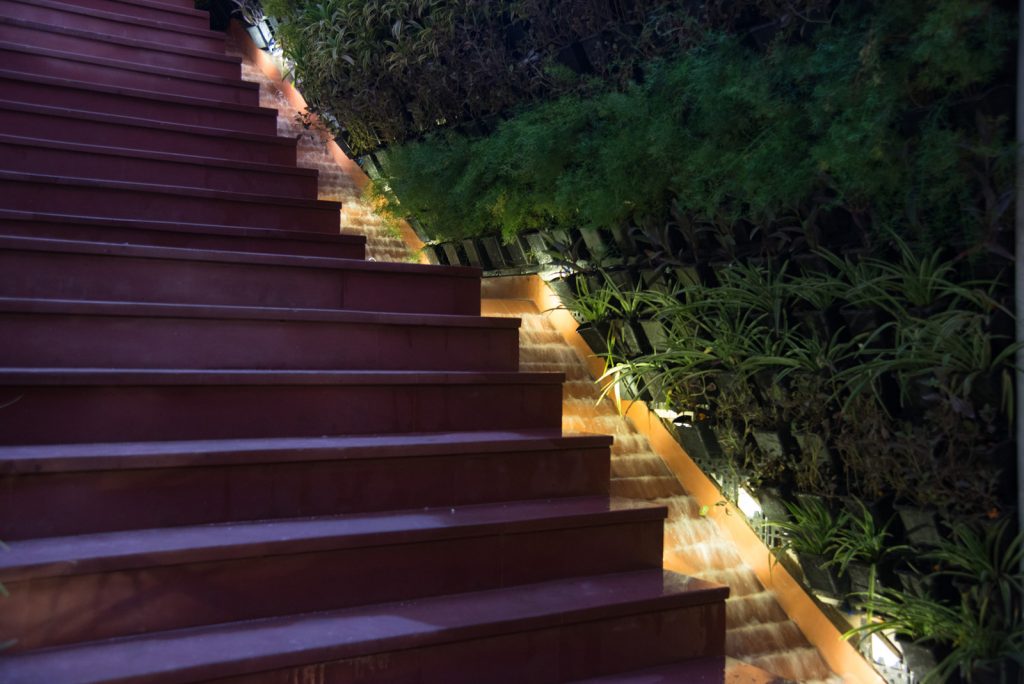Green Architect, Nilanjan Bhowal, shares some tips!
With the increasing environmental concerns, residents of metro cities are not hesitant to
spend a little extra to own a green and eco-friendly home today. Those who already have a lavish
home are also looking for avenues to create an eco friendly environment at home to pay back to the
nature and save the Mother Earth.
Here are a few important points to be kept in mind while making a green home:
– Structure – AAC blocks (Autoclaved Aerated Concrete) should be used for the external walls and Fly Ash Bricks for the inner walls as both of these are natural insulators of heat and are produced from the industrial waste.
– Orientation- The plot’s longer sides should be North-South oriented so that the house receives diffused natural light and not glare from the direct sunlight. If not, then there can be East and West facing windows which should be either double glazed or have a chajja/balcony covering the windows sufficiently.
– Openings- Windows should be placed maximum on the North side so that the maximum light and minimum glare received from the sun. If not possible, then one can place it in the East and West directions by making the balcony’s projection in such a way so that it shades the window and allow diffused lighting.
– Preserve Rain Water- Rain water should be collected from the terrace and balconies for a harvesting tank. Excess water can be sent to the ground through bores, for raising underground water level. Waste-water from the bathrooms and kitchens should be chemically or organically treated and reused for gardening and car-wash etc.
– Waste Management- Sewage should not be released directly into the municipal lines. Installing an STP (Sewage Treatment Plant) on site does the 1st level of treatment. After the treatment the water is sent to the municipal treatment plant where it is treated further. Also kitchen waste can be used to produce natural compost with the use of a vertical composter. This reduces the overall garbage from the building and provides natural compost for the
garden.
– Judicious Use of Old Building Materials- Reuse materials from old buildings such as old chowkhats, bricks etc. in non-critical areas.
– Energy – Most of the energy which is consumed in India is to keep the buildings cool. This can be avoided if the envelope of the building is insulated so that it gains less heat. Insulations in the walls and roof e.g. – by using earthen pots in the slab help reduce heat gain. solar panels and solar heaters can also be used. Light fixtures can be changed to LED’s
and CFL’s for less energy consumption.
– Terrace – The roof of any building gets the maximum heat. Insulations in the flooring such as
vermiculite can be used. Reflective mosaic tile flooring helps reduce heat gain very effectively. Landscaping on the roof is also helpful.
– Water Bodies –adding water bodies in some form at home to manage the micro-climate of the building. Water bodies on the terrace can help in evaporative cooling.
Others -Driveway and road to be lined with plants/trees to keep it shaded. For this local
plants, shrubs and trees to be used. – All appliances used should have a 5 star rating as they conserve energy.
Apart from all this maintaining such a house is also very important to keep it efficient and sustainable so that it does not lose its promising green qualities, e.g.- Solar Panels used for generating electricity should be wiped every week to remove the dust collecting on it as it reduces the efficiency of the panel to generate sufficient electricity. The rain water harvesting collection tank should be checked to see if all the layers are correctly laid and the dirt (if any) should be removed from time to time.
Sewage treatment plants (STP) also need regular checks. The septic tank should be cleaned and the
chemicals that need to be added should be added regularly without fail.
Other minor requirements would be regular cleaning of the white tiles/mosaic on the roof. Double glazing, if installed, should be checked to make sure there are no leakages.
All these small efforts contribute a lot towards creating an efficient green home and require just a little bit of attention. The country is moving towards a developed status so a conscious effort is required from each of us. Just like the dynamic technological developments we see each day,
environmental concerns also need to be addressed with the same importance and efforts. -The author of the article is Nilanjan Bhowal, Founder and Principal architect of Design Consortium.




